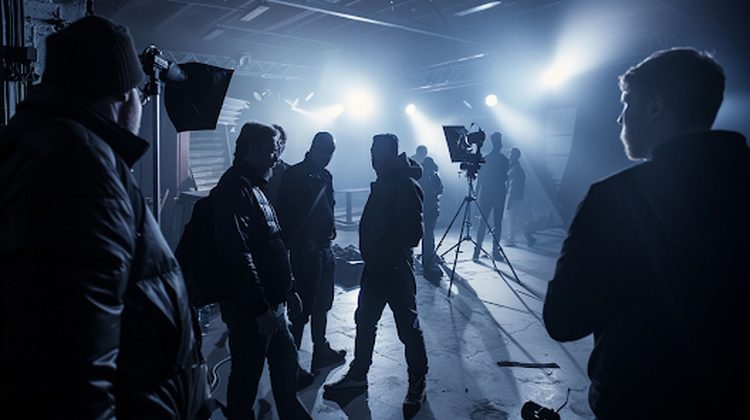Get ready for some AI magic in Hollywood! Sam Altman, the brain behind OpenAI, is on a mission next week. He’s out to persuade big-time studios to jump on board with OpenAI’s text-to-video AI tool, Sora. This AI tool turns text into awesome videos, promising to shake things up in moviemaking.
@openai Sora Sunday delivery. Prompt: an elephant made of leaves running in the jungle This video was generated by our text-to-video model, Sora, without modification. What would you like to see us make with Sora next? *Sora is not yet available to the public. We’re sharing our research progress early to learn from feedback and give the public a sense of what AI capabilities are on the horizon. #madewithSora #Sora #openai
Even though Sora is still a secret for most people, insiders in Hollywood are already buzzing with excitement. Altman’s got one job: convince studios that Sora is the next big thing, making movie-making easier and cooler than ever.
Yet, Altman’s endeavor is not without its challenges. In an industry where tradition often clashes with innovation, the integration of AI technology raises pertinent questions about its impact on creativity and employment. Altman must navigate these concerns delicately, striking a balance between innovation and ethical deployment.
With competition lurking and doubts in the air, Altman’s pitch is a big deal. It’s not just about selling a tool—it’s about showing how AI can make movies even more awesome. And with Altman leading the charge, Hollywood might just be in for a game-changing moment.
About OpenAI’s Sora AI
Sora is an AI model developed by OpenAI that specializes in generating videos based on textual prompts. Although we don’t know when Sora will be available to the public yet, here’s what we know about Sora so far:
- Purpose: Sora is designed to simulate real-world scenarios based on textual descriptions provided by users. It aims to generate videos that accurately represent the content of the prompts.
- Text-to-video generation: Sora takes textual input as prompts and produces corresponding video sequences. Users can describe scenes, characters, actions, settings, and other elements in the text, and Sora translates these descriptions into visual content.
Introducing Sora, our text-to-video model.
Sora can create videos of up to 60 seconds featuring highly detailed scenes, complex camera motion, and multiple characters with vibrant emotions. https://t.co/7j2JN27M3W
Prompt: “Beautiful, snowy… pic.twitter.com/ruTEWn87vf
— OpenAI (@OpenAI) February 15, 2024
- Visual realism: Sora’s output videos strive to maintain visual realism and fidelity to the provided prompts. It aims to create videos that look natural and visually appealing, with attention to detail in elements such as lighting, textures, colors, and motion.
- Scene complexity: Sora is capable of generating videos depicting various levels of scene complexity, from simple everyday activities to complex landscapes, interactions, and narratives. It can handle scenarios involving multiple characters, dynamic environments, and intricate actions.
- Foresight: Sora has the ability to anticipate and maintain consistency across multiple frames in a video. This means that it can predict how elements in the scene will evolve over time and ensure continuity and coherence throughout the generated video sequence.
- Understanding of language: Sora demonstrates a deep understanding of language, allowing it to interpret textual prompts accurately and generate corresponding video content that reflects the intended meaning and context.
- Application potential: Sora’s capabilities have potential applications in various fields, including entertainment, digital media production, storytelling, virtual environments, education, and more. It could be used to automate video creation, assist in content generation, or enhance virtual experiences.
- Continuous cevelopment: OpenAI continues to research and develop Sora, aiming to improve its capabilities, expand its range of supported scenarios, and address any limitations or challenges associated with text-to-video generation.
Overall, Sora represents a significant advancement in AI-driven video generation technology, offering promising possibilities for creating compelling visual content from textual descriptions.
Featured image credit: Kerem Gülen/Midjourney





